March 2023 | pg. 1
Equipment Components
The camera is usually located at the top of the equipment and is what captures the
video feed that is transmitted to other videoconference systems that are connected
to the event. For both clinical carts and room-based systems, the camera can be
controlled by using the arrows on the remote control.
The codec is the main brain of the system controlling the camera, monitor and
any other medical peripherals plugged into the system. If the codec is switched
off, then no videoconferencing is possible. The codec derives its name from the
functions that it serves. It both codes video signals that are sent to the other sites
as well as decodes video signals that it receives from the far site.
The monitor is purely a display screen and works in conjunction with the codec.
Consequently, it is important to emphasize that if the codec is turned on, then the
monitor should be turned on as well. This ensures that if someone connects to an
event early, you will be able to see them on the monitor. Please note that
turning off the monitor does not turn off the system.
The microphone has a range of 20 to 25 feet. The microphone is extremely powerful
and can pick up peripheral sound such as whispering, tapping pens, and swiveling
chairs. Ideally, the microphone can be placed underneath the monitor or at the end
of a table.
Never place the microphone directly in front of the monitor
speakers as this will create audio feedback.
Power
The network cable must be plugged into a dedicated OTN jack. If you plug the
network cable into a regular network jack, then the system will not function.
Consequently, you need to know precisely where the OTN jacks are located before
moving the system to different locations. For the clinical cart, use the Uninterrupted
Power Supply (UPS) to power the system entirely on or off. For a room-based
system, use a surge-protected power bar.
Cisco SX20/SX80 Reference Guide
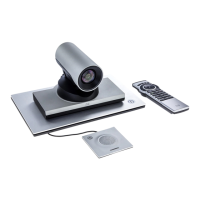
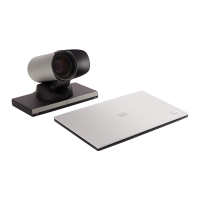


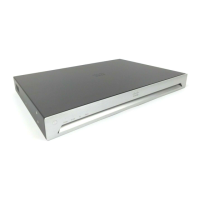


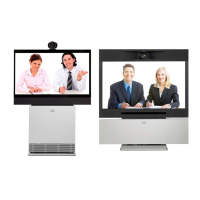

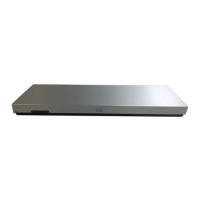



